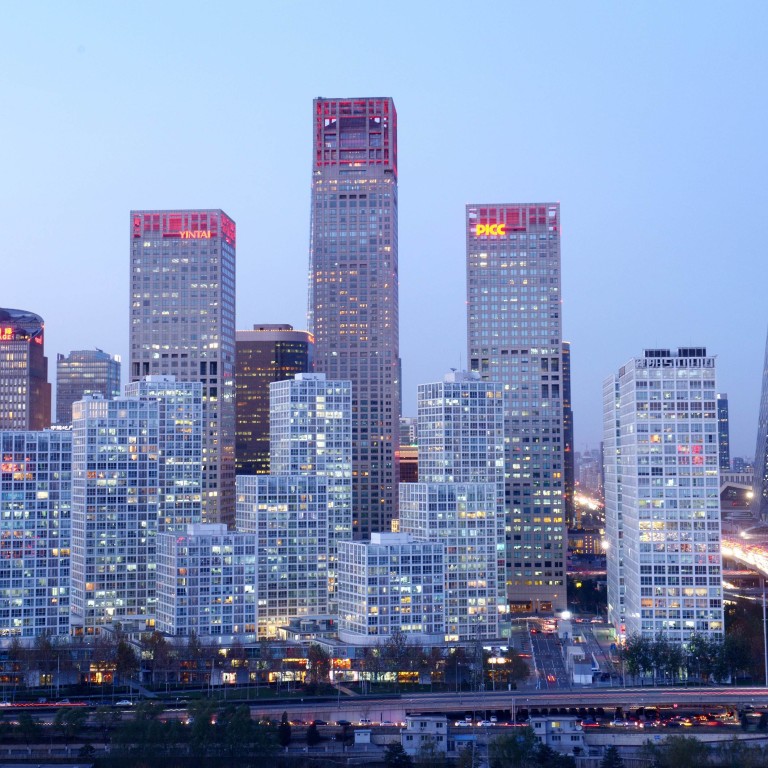
Government to finally reveal plans for Beijing, Tianjin and Hebei integration
Draft proposal to develop 'Jing-Jin-Ji' may be formally announced by June, expert says
After decades of calls to develop Beijing, Tianjin and Hebei as an integrated region, the government has finally created a draft report which may be formally announced in June, reports said today.
The integration would make Tianjin and Hebei autonomous "satellite" areas of Beijing. They will ease some of the Chinese capital's load by hosting hospitals, businesses and government offices that will relocate from Beijing, which would in turn boost their economies..
“The plan is subject for further modification before being handed in to the State Council”, or the country’s highest executive body, according to an expert who helped draft the report who was quoted by China Economic Weekly today.
Beijing, Tianjin and Hebei – or “Jing-Jin-Ji” in Chinese shorthand – are often regarded as a single region due to their proximity, but a joint development initiative has been lacking.
President Xi Jinping’s intervention has raised hopes for a renewed push for regional integration.
“The ongoing work is to weave the thoughts of President Xi Jinping into the report and the formal plan should be released in June,” the unnamed expert said.
Sources have previously told the South China Morning Post that Xi has ordered the central finance leading group to lead the initiative and that the National Development and Reform Commission is drafting the policies.
The integration would make the region better positioned to combat smog through co-operation and burden-sharing.
Beijing is set to move major polluters and labour-intensive businesses to the neighbouring areas. In the next three years, another 1,200 polluting factories will be relocated.
Experts believe Langfang, a city in Hebei, located between Beijing and Tianjin, can be used as a “deputy centre city” to bridge the integration.
Another Hebei city, Baoding, is also tipped to become a satellite city, which could ease crowded Beijing’s burden by hosting some of the capital’s hospitals, education institutions and administrative offices.
“Langfang can be a place that takes over some of the service sectors from Beijing, such as conference, education, health care and some residential and commercial functions,” Li Guoping, dean of Beijing University’s Capital Development Research Institute, was quoted by the Weekly as saying.
“Its ideal geological location, sitting between Beijing and Tianjin, makes it a perfect place to be a deputy centre city in the region,” said Li.
The newspaper also noted that Zhongguancun, a hi-tech zone in Beijing, would not be relocated to neighbouring provinces in near future.
“It’s certain that Zhongguancun would not be relocated. But it might join hands with Tianjin and Hebei to construct some hi-tech zones outside Beijing,” said Yang Kaizhong, an expert on regional planning.
Li, the dean, also suggested Beijing and Tianjin could work together to build an international financial centre.
